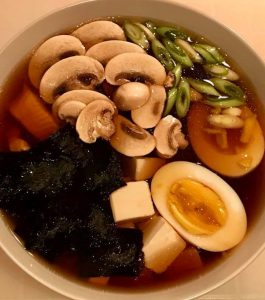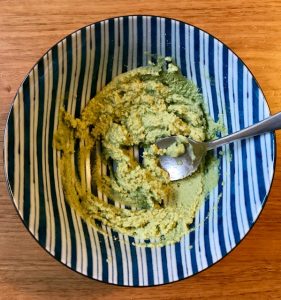In Japan, there are many different types of noodle soups.
There is the classic tasty ramen soup that most people know and there are other types of noodle soups such as udon and soba.
In Japan, ramen noodle soup are very popular on a busy weekday. In the larger cities such as Tokyo, there are noodle soup bars on pretty much every street corner. Small dining places with delicious ramen soup which has been passed down from generation to generation.
Ramen soup in Japan is a broad concept. Some ramen soup is made on fish stock, while others are made on chicken and pork.
It is different from noodle bar to noodle bar what is used of ingredients. Fish, shellfish, meat and eggs are classic ingredients with proteins and local Japanese vegetables are used which are in season.
In the Noodle Soup course for beginners, you will learn how to make tasty classic noodle soups as they are served in Japan.
_
Zoë has lectured and held sushi courses for A. P. Moller – Maersk, Hugo Boss Nordic, Novo Nordisk, Novartis, Velux, Gorrissen Federspiel, Beierholm revision, Elbek & Vejrup and many more.




